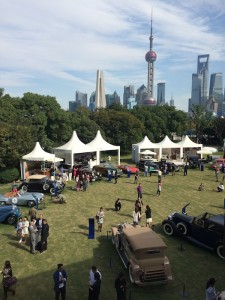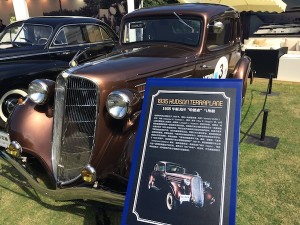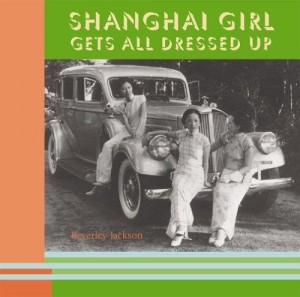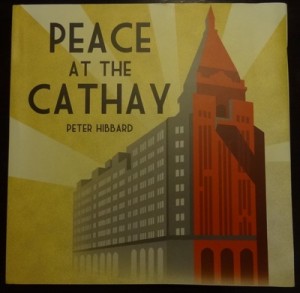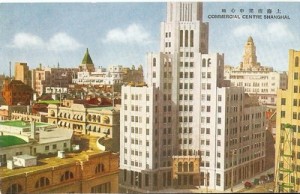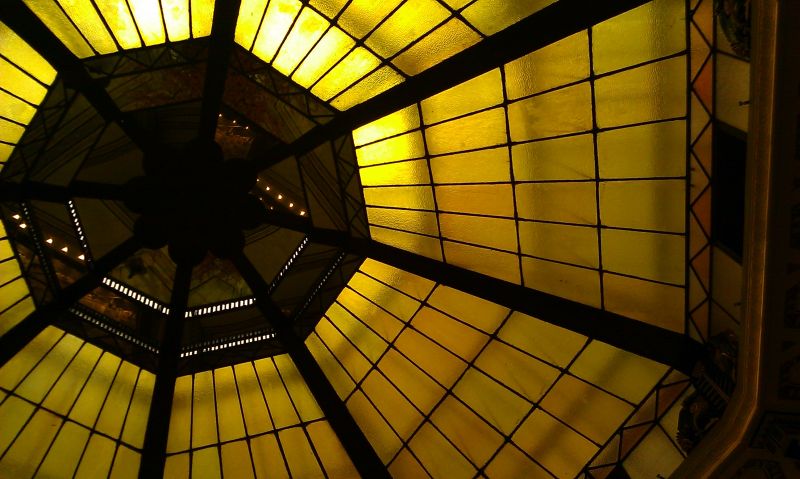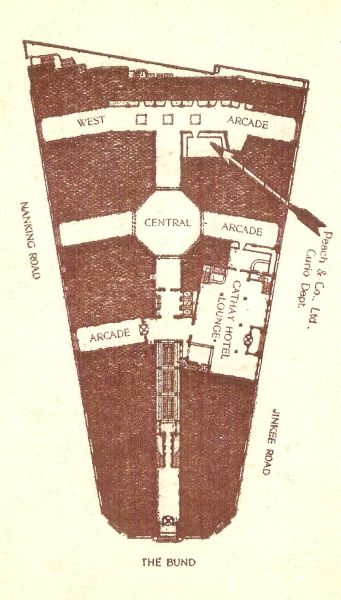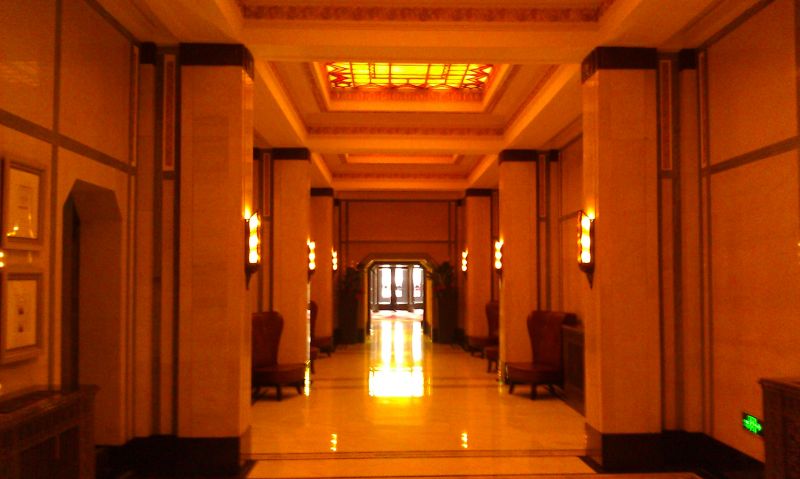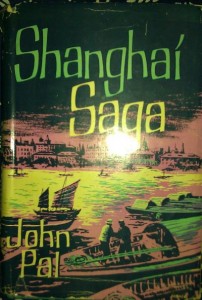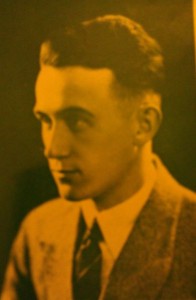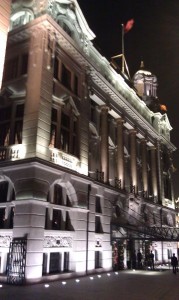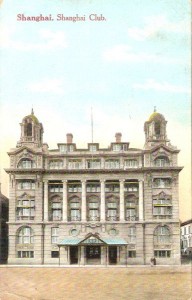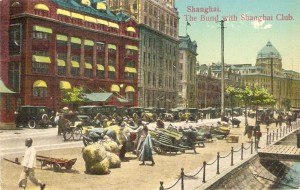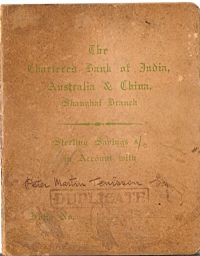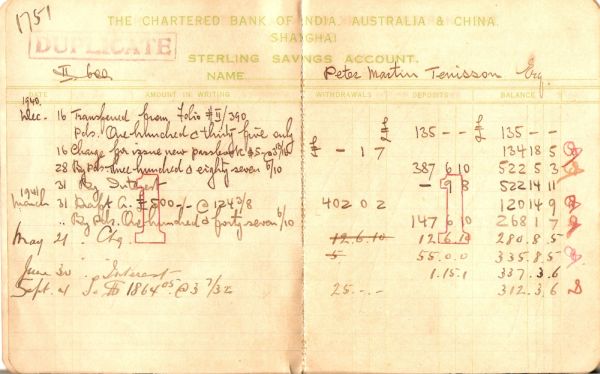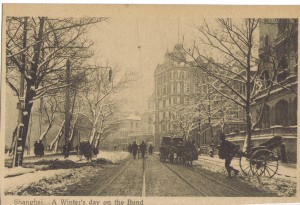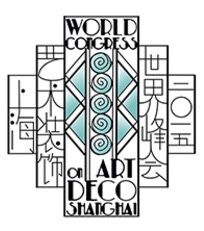 The World Congress on Art Deco in Shanghai had been years in the making (see post Shanghai World Congress on Art Deco from 2012) and turned out to be a great event. Most of the organisation and preparation was done by Patrick Cranley (See article from New York Times about him) and his wife Tina, who are also running the Historic Shanghai association. The organisation was supported by an army of volunteers, including myself.
The World Congress on Art Deco in Shanghai had been years in the making (see post Shanghai World Congress on Art Deco from 2012) and turned out to be a great event. Most of the organisation and preparation was done by Patrick Cranley (See article from New York Times about him) and his wife Tina, who are also running the Historic Shanghai association. The organisation was supported by an army of volunteers, including myself.
The World Congress on Art Deco is promoted by the International Coalition of Art Deco Societies. Started in Miami in 1991, it has grown into a worldwide organisation promoting awarness and preservation of Art Deco architecture and history. The Shanghai Congress brought together people from several cities in the USA and Australia, as well as France, Hungary, and South America. After two congresses in South America (Rio in 2011 and Havanna in 2013), the first congress in Asia really makes the organisation global. For a week, Shanghai was the center of attention for Art Deco lovers and the best place to exchange ideas about it. Although originated from France with the Exposition des Art Decoratifs of 1925, it was so far mostly celebrated in the US as well as Australia / New Zealand. After South America picking up, it is now the time of Europe as Art Deco societies are emerging in European cities, with Paris, Perpignan and Budapest being represented at the congress.
Besides the social aspect, the congress was really a place for discussion on Art Deco from various places. Conferences took place every morning with tours every afternoon, so workload was pretty tough for the ones attending every bit of it.
![]()
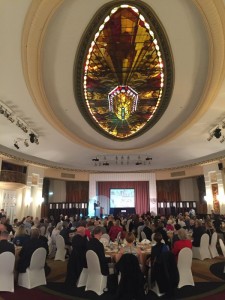 Being in charge of taking care of the French speaking delegates, we managed to make a small gathering of the French speaking Art Deco delegates. This unplanned event happened at the Cercle Sportif Français (today’s Okura hotel) after the presentation and dinner in the Art Deco ballroom. We took a detour on the old terrace that used to be an open air dance hall and went for a drink. As it should be with French events, it was full of discussion, drinks and Joie de vivre. Art Deco started in 1925 in Paris, so we all dream of making a 2025 Art Deco Congress in Paris to celebrate the 100 years of the exhibition, and maybe one more in another French Art Deco city before that. Lot’s of work in the planning.
Being in charge of taking care of the French speaking delegates, we managed to make a small gathering of the French speaking Art Deco delegates. This unplanned event happened at the Cercle Sportif Français (today’s Okura hotel) after the presentation and dinner in the Art Deco ballroom. We took a detour on the old terrace that used to be an open air dance hall and went for a drink. As it should be with French events, it was full of discussion, drinks and Joie de vivre. Art Deco started in 1925 in Paris, so we all dream of making a 2025 Art Deco Congress in Paris to celebrate the 100 years of the exhibition, and maybe one more in another French Art Deco city before that. Lot’s of work in the planning.
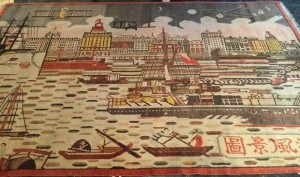 From a Shanghai perspective, the real success of the congress was to bring together the largest panel of people interested in Old Shanghai ever. Old Shanghai fanatics all know about each other more or less, but this was a unique opportunity to have most of us together in one place and exchange about our favorite topic. The list was really impressive, including “Old Shanghai rediscoverer” Tess Johnston, Bund and Cathay hotel specialist Peter Hibbard, Shanghai Art Deco architect Spencer Doddington, French Concession specialist Charles Lagrange, Haipai researcher and author of “Shanghai Style” Lynn Pann as well as Shanghai White Russian specialists Katya Knyazeva were among the speakers, and I am surely forgetting some of them. Art Deco Shanghai furniture (and some previously unseen Art Deco Shanghai carpets) where on display, helping to look at Art Deco on various crafts.
From a Shanghai perspective, the real success of the congress was to bring together the largest panel of people interested in Old Shanghai ever. Old Shanghai fanatics all know about each other more or less, but this was a unique opportunity to have most of us together in one place and exchange about our favorite topic. The list was really impressive, including “Old Shanghai rediscoverer” Tess Johnston, Bund and Cathay hotel specialist Peter Hibbard, Shanghai Art Deco architect Spencer Doddington, French Concession specialist Charles Lagrange, Haipai researcher and author of “Shanghai Style” Lynn Pann as well as Shanghai White Russian specialists Katya Knyazeva were among the speakers, and I am surely forgetting some of them. Art Deco Shanghai furniture (and some previously unseen Art Deco Shanghai carpets) where on display, helping to look at Art Deco on various crafts.
The really surprising and maybe most interesting part was to see conferences on topics related to Shanghai, but about which little is known here. They included research about Old Shanghai Department stores on Nanking Road (including Wing On), tracking and giving great details about their roots back to Australia’s department stores. Another great surprise was research about Old Shanghai Chinese architect, including Liu Jipiao, who designed the China pavillon at the Exposition des Arts Décoratifs of 1925 and organised the 1st West Lake exhibition in Hangzhou in 1929, modeled after the Paris one. It also included a presentation of Old Shanghai architect Poy Gum Lee, who was part of the team who designed the Chinese YMCA building (today Metropolo hotel on people square) and later continued his career in New York’s China town.
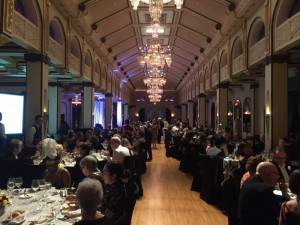 The World Congress on Art Deco could not be over without an Art Deco closing party, that took place at the Art Deco masterpiece, the Sassoon House, host of the Cathay Hotel (today Peace Hotel). This was the opportunity to celebrate in style and to say goodbye to the Art Deco community. See you in Cleveland in 2017 for the next World Congress on Art Deco!
The World Congress on Art Deco could not be over without an Art Deco closing party, that took place at the Art Deco masterpiece, the Sassoon House, host of the Cathay Hotel (today Peace Hotel). This was the opportunity to celebrate in style and to say goodbye to the Art Deco community. See you in Cleveland in 2017 for the next World Congress on Art Deco!
